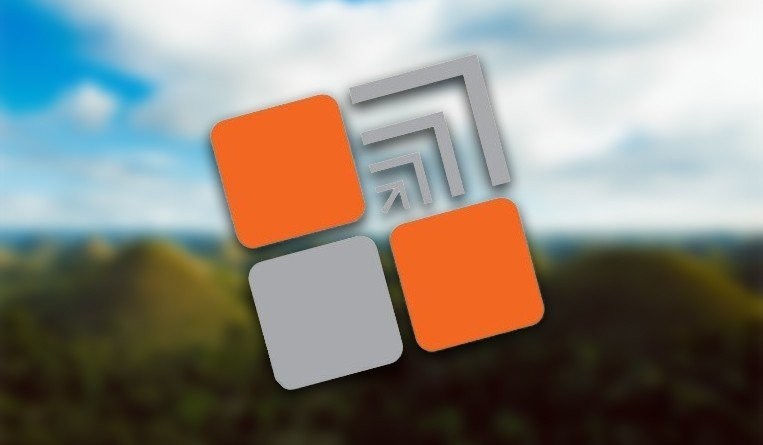Number of IP Filings In The Philippines Increaes By 20% In First Half
30 August 2021

In the first half of 2021, filings for intellectual property (IP) protection increased by 20% year on year as the economy recovered from eased lockdown restrictions and the Intellectual Property Office of the Philippines (IPOPHL) was successful in emphasizing the importance of IP in business recovery.
The total number of IP applications was 22,919. The most significant rise was in utility model (UM) submissions, which increased by 26% from 592 to 744 between January and June of last year.
Residents, whose filings increased by 29% from 555 to 715, were the driving force behind the increase. Non-resident UM filings, on the other hand, decreased by 22%, from 37 to 29.
Food chemistry (239 files), basic materials chemistry (39), special machines (32), handling (20), and IT techniques for management were the leading fields for UM submissions throughout the time (19).
The number of trademark submissions grew by 23%, from 15,969 to 19,649. Residents filed the majority of the applications, which increased by 39% from 8,859 to 12,288.
The number of international files, which are filed under the Madrid Protocol, fell by 5%, from 3,859 to 3,677.
Pharmaceuticals, health, and cosmetics received the most trademark registrations (5,786), followed by agricultural products and services (5,473), scientific research, information and communication technology (4,204), and management communications and real estate.
Patent applications increased by 2%, from 1,899 to 1,945. Non-residents accounted for the majority of the increases, with
165 filings, up 23%. The number of patent applications filed under the International Patent Cooperation Treaty fell by 1%, from 1,599 to 1,586.
Pharmaceuticals (1,020), organic fine chemistry (523), biotechnology (312), basic materials chemistry (198), and food chemistry were the most popular domains for patent filings (176).
Copyright deposits, meanwhile, increased by 163 percent, from 285 to 761.
Industrial design was the lone laggard throughout the time, with filings falling 10% to 581. While resident ID applications grew by 8% to 339, non-resident ID applications fell by 27% to 242.
The most ID filings were in the fields of furnishing (26), means of transportation or hoisting (26), packages and containers for the transportation or handling of goods (22), articles of adornment (18), and fluid distribution equipment, sanitary, heating, ventilation, and air-conditioning equipment, solid fuel (16).
Excel V. Dyquiangco






